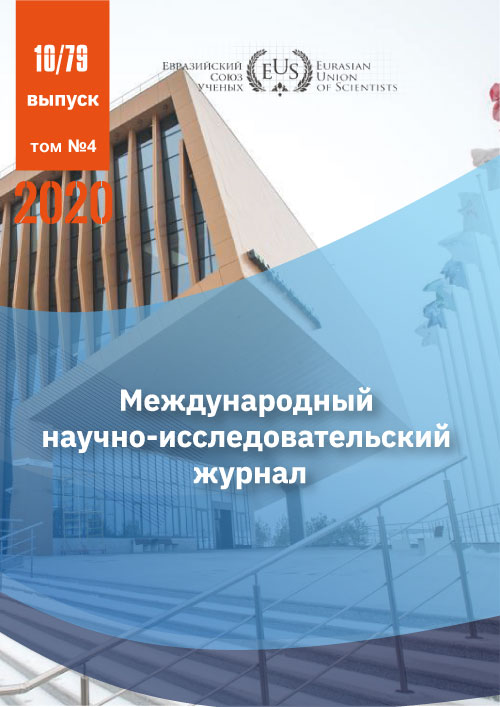EXHIBITION LIFE IN MOSCOW AND ST. PETERSBURG AT THE BEGINNING OF THE XX CENTURY: PUBLICATIONS FOR EXHIBITIONS AS AN INFORMATION SOURCE
Abstract
The article is devoted to the analysis of publications that accompanied art exhibitions in Moscow and St. Petersburg in the early twentieth century. Exhibition catalogues of those years were fundamentally different from their modern versions, both in terms of tasks, form and content. These modest publications have a significant number of inaccuracies and errors, the catalog part is more like a simple list of artists and their works. Due to the lack of information about the dates of creation, technique, and size of works, their identification becomes a separate problem. Nevertheless, catalogues of those years are the most important source of information about exhibition life, about the activities of art associations, about biographies of artists, about the history of existence and attribution of works. The analysis of exhibition catalogues of various associations and groups of artists, as a special tool for studying artistic material, becomes relevant for modern scientific research, Museum work and commercial art activities.
References
2. Бубновый валет // Будильник. – 1912. – № 10.
3. Васильева Н.М. «Je veus ếtre cubiste»: маргиналии А.Н. Бенуа на страницах каталогов выставок общества «Союз молодежи» // Вестник Санкт-Петербургского университета. Искусствоведение. – СПб.: Издательство СПбГУ, 2019. – Том 9. – № 1. – С. 125-144.
4. Весенняя выставка в залах Императорской Академии художеств. 1905 г. Иллюстрированный каталог произведений премированных на конкурсе профессора А.И. Куинджи. – СПб: Тип. А.Н. Михайлова, 1905. – 4 с. – 24 л. ил.
5. Владимир Евграфович Татлин. 7.XII.1915 : буклет. – Пг.: Изд. «Нового журнала для всех», 1915. – [4 с.].
6. Мир искусства. – 1904. – № 5.
7. Отчет о деятельности Общества художников «Бубновый валет» за 1911-12-й г. – [М., 1912].
8. Стернин Г.Ю. Художественная жизнь России начала XX века. – М.: Искусство, 1976. – 221 с.
CC BY-ND
A work licensed in this way allows the following:
1. The freedom to use and perform the work: The licensee must be allowed to make any use, private or public, of the work.
2. The freedom to study the work and apply the information: The licensee must be allowed to examine the work and to use the knowledge gained from the work in any way. The license may not, for example, restrict "reverse engineering."
2. The freedom to redistribute copies: Copies may be sold, swapped or given away for free, in the same form as the original.







